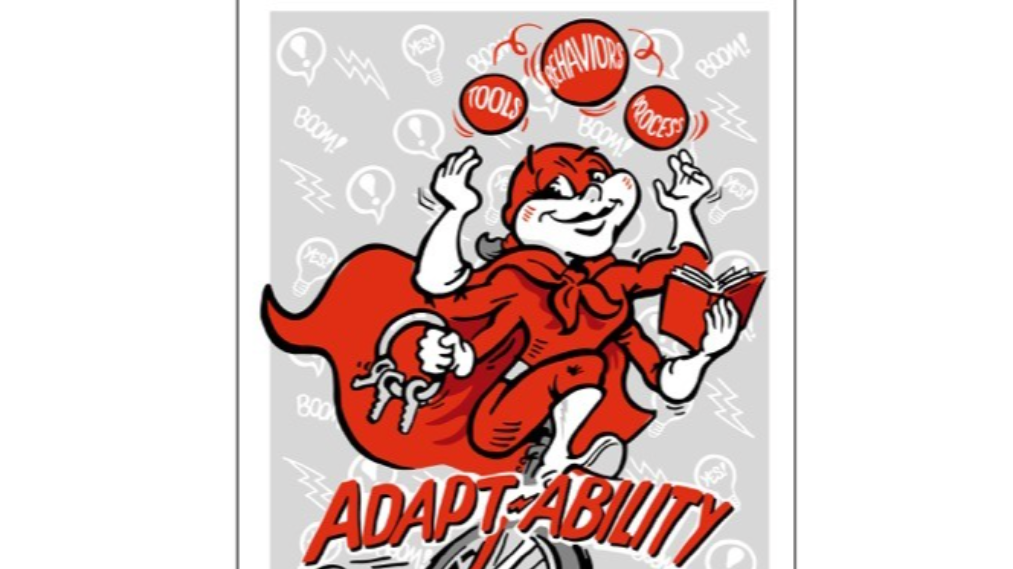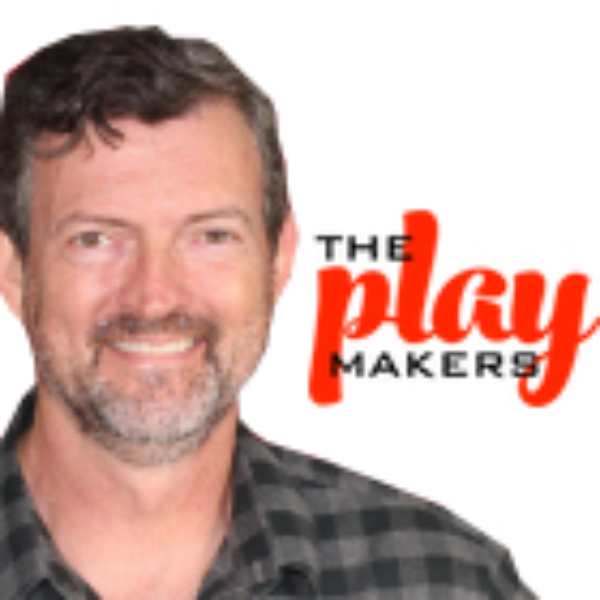How To Put On Your Cape-abilities
In this blog post, you’ll continue to find strategies that you can use to shake up your thinking and unleash your innovation super powers. Each blog post defines a tool you need, gives you a summary of what that tool can do for you, some questions that stir your thinking, and an exercise to get you started using the tool. You can either use the tools from start to finish to understand all the tools in your toolkit or you can pick up any tool — play around, use it, and discover how it works for you.
The next ability in our Cape-ability series is … Adaptability
Vocabulary.com defines adaptability as the ability to change (or be changed) to fit changed circumstances.
My definition is the ability to adapt the creative problem process, tools, and behaviors to apply to challenges you are facing.
The ability to adapt, or adaptability, is a great quality to have if you are an animal in nature, having to weather different seasons, or climate changes. You could say that some chameleons, which change color to blend into their surroundings, have a high level of adaptability. It’s also a good quality for an employee of a company that is going through a lot of change.
With this Toolkit you are learning a new skill set of abilities that allow you to be able to adapt to change and evolve quickly and effectively. To be effective you must practice this skill set. It’s like my gym membership — I can say I have those skills and I have a place to go, but if I don’t go work out those muscles, nothing will happen. It’s the same with your “CAPE-abilities” skill set. You must work that muscle in your head in order to be able to adapt to new thinking and solutions. We often tell the story of Edward DiBono who coined the phrase “Rivers of Thinking”. He said that our brains are like a mountain and every piece of stimulus we experience – every meal we’ve eaten, every kiss we’ve experienced, every license plate we’ve seen – these are like little rain drops that fall onto the mountain and go into our subconscious. After a while that’s a lot of information so we have to start organizing our thoughts into some themes or streams of recognition. As time goes on some of those streams turn into raging rivers of thinking. Now, staying in your river is okay, but you will only ever get incremental innovations. So, you have to river jump in order to get really fresh thinking. That’s where adaptability comes into play. When you can adjust yourself to different conditions, environment and structures, you open yourself to the ability to make changes quickly. Trusting the creative problem solving process, gaining tools and behaviors that help you river jump while adapting to new solutions will take you through the ideation journey.
“Individuals, too, who cultivate a variety of skills seem brighter, more energetic and more adaptable than those who know how to do one thing only.” – Robert Shea
Provocative Q’s to ask myself:
- When something in my life changes, how do I react? Do I go with the flow or do I flip out and let my emotions get the best of me?
- When I get stuck in my thinking, do I use any types of tools or behaviors to help me get “unstuck?”
- Am I open to new ways to think or do I find it easier to just apply the same old thinking to solve the problems?
- How has that helped or hindered you?
Exercises to help you think and adapt new ways to think:
- Take a problem and completely twist it on its head to look at it from a different perspective. Ask yourself, “what if this didn’t exist?” Then, what might you come up? The possibilities are endless.
- Ask “what if the idea was bigger/smaller/ reversed/etc. while still maintaining the idea’s DNA?” Create various versions of the idea.
- Take questions and change them into sentence starters, what are called ‘invitational stems’ to make them bouncier. Use these terms:
- How might we . . .
- In what ways might we . . .
- Wouldn’t it rock if we did “X”?
- Be a little naughty and ask yourself, “What would I never do to solve this challenge because I’d get fired or end up in jail?” and then take your naughty ideas and flip them to make them work.
- Take a random object and describe everything that it could be and then look at your list and use those descriptors to help you come up with a solution that you may have never come up with before. For example, when I was at Disney, I was running to facilitate a creative session and I had forgotten to take some random objects with me and I always wear big jewelry so instead, I grabbed this big silver situation I had worn around my neck that day. I asked the group to describe it. The first person yelled out, “tacky” (ouch), then I got “shiny”, “big”, “stylish”, etc. So, they were working on a Disney Cast Member recognition program that would last for awhile so they used the words shiny and tacky to create a spotlight (shiny) on a Cast Member that would last for a month (tacky). So, see what they did there? Random objects can get you to a very different place!
As an example of adaptability, I want to repeat a quick story about an amazing young man. His name is Shaquem Griffin and let me tell you -- an amputated hand did not hinder his potential — it strengthened it. At age 4, his left hand was removed due to extreme pain triggered by amniotic band syndrome, which he had suffered in the womb. The day after surgery, Griffin was already playing two-on-two street football. Freed of the unusable extremity, he instantaneously discovered what would become a lifelong passion for football — one that would one day inspire a legion of others, young and old, to understand that a physical limitation didn’t have be one.
Griffin was a star linebacker at UCF, was a member of the Seattle Seahawks alongside his identical twin brother, Shaquill, and now is playing for the Miami Dolphins. Shaquem is the first one-handed player in NFL history. “(I) never let doubters shape who I am,” he said. “You can’t allow that negativity to shape what you’re going to do.”
Shaquem Griffin accepted the 2019 Inspiration Award at the NCAA Honors Celebration. It is reserved for people who used perseverance, dedication and determination to overcome a life-altering situation, and most importantly, are role models giving hope and inspiration to others. And I might add – being able to adapt!
Practice using adaptability to bring a different perspective to your thinking! In my next blog post, I will be talking more about Predictability.
--gert--
Recent Blogs
Recent Blogs

Biographies and Interviews
Catching up with Eric Olsen, The Inventor of Flip 7 and Co-Creator of Messy Table Games
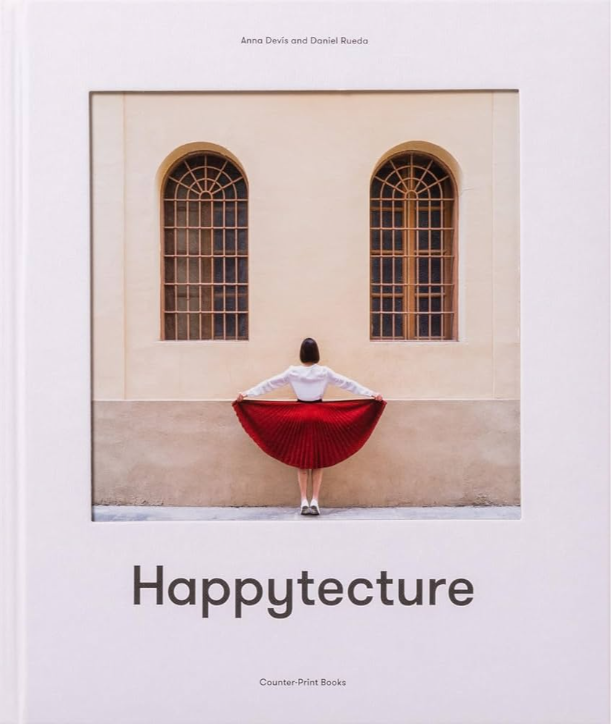
Reviews
Book Review: Happytecture by Anna Devís & Daniel Rueda
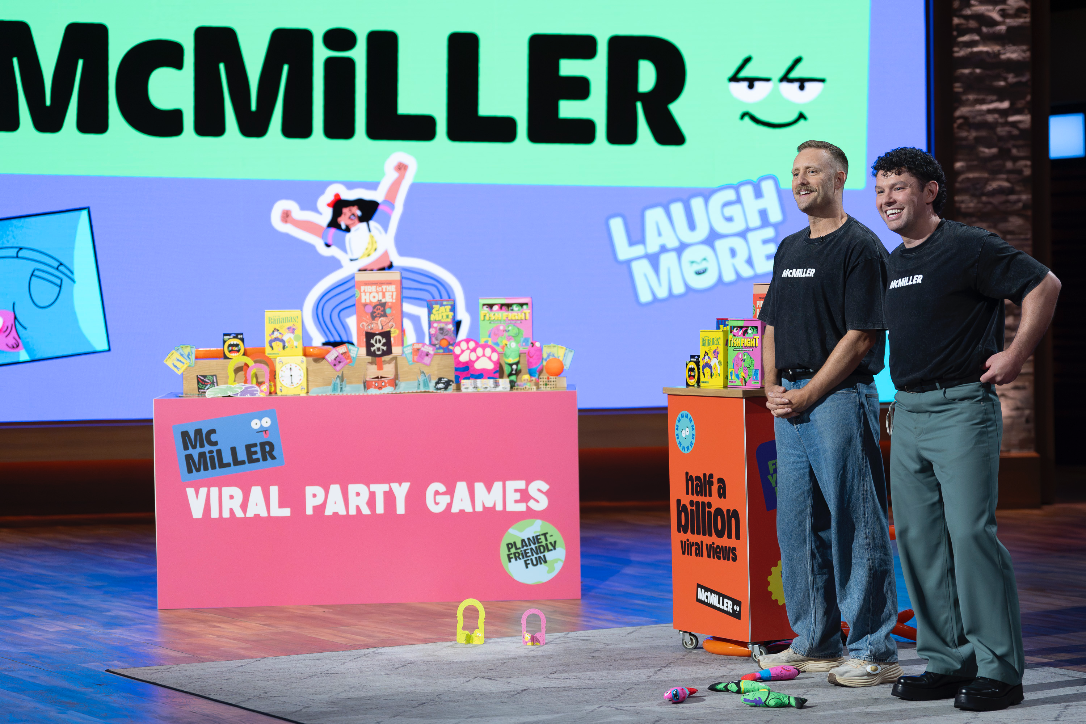
Biographies and Interviews
From Stage Lights to Game Nights: McMiller’s David & Julian on Shark Tank (Dec 10th), Viral Success & Building a Business With Your Husband
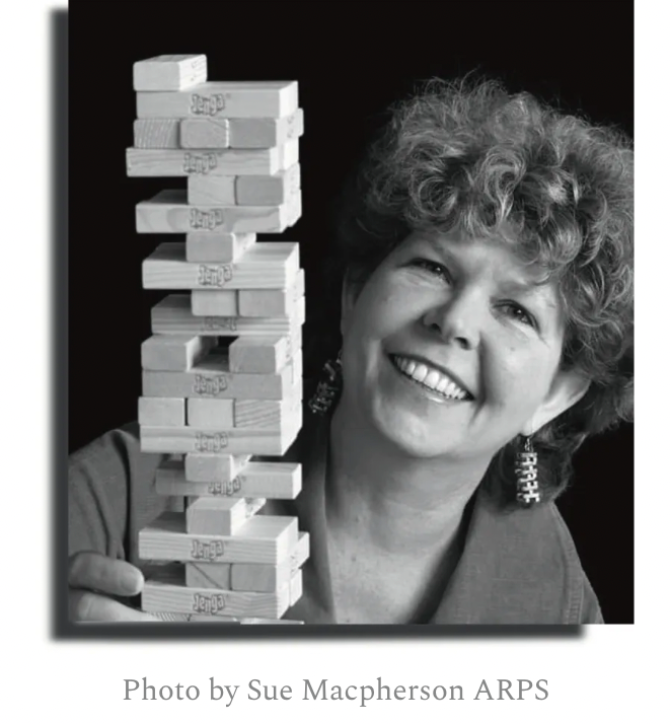
Press Release
Leslie Scott (creator of Jenga) announces the launch of BOUNDLESS PLAY

Press Release
New Study Highlights the Importance of Shopping from Trusted Toy Brands & Retailers this Cyber Monday
See more
Recent Wiki

BOOK REVIEWS
Toy Review: Monster Jam Smash & Bash Grave Digger Monster Truck
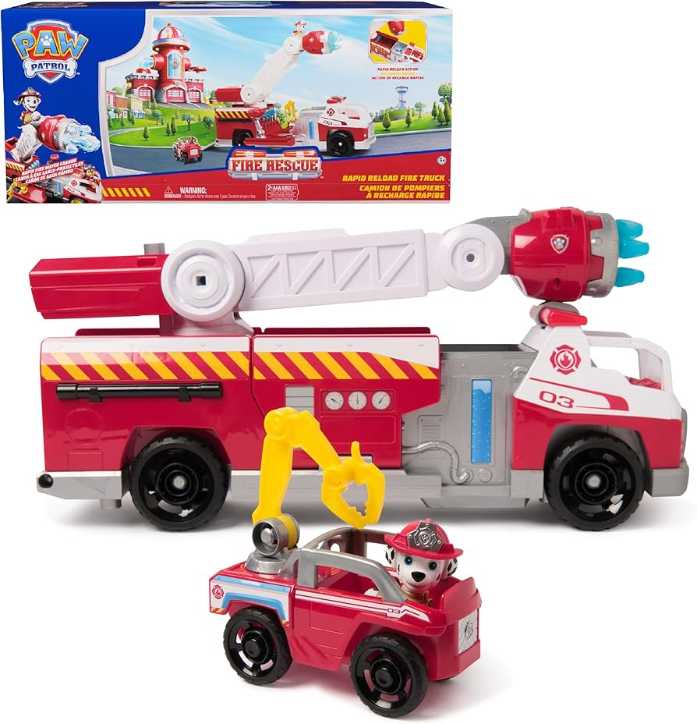
BOOK REVIEWS
Toy Review: Marshall's Rapid Rescue Fire Truck
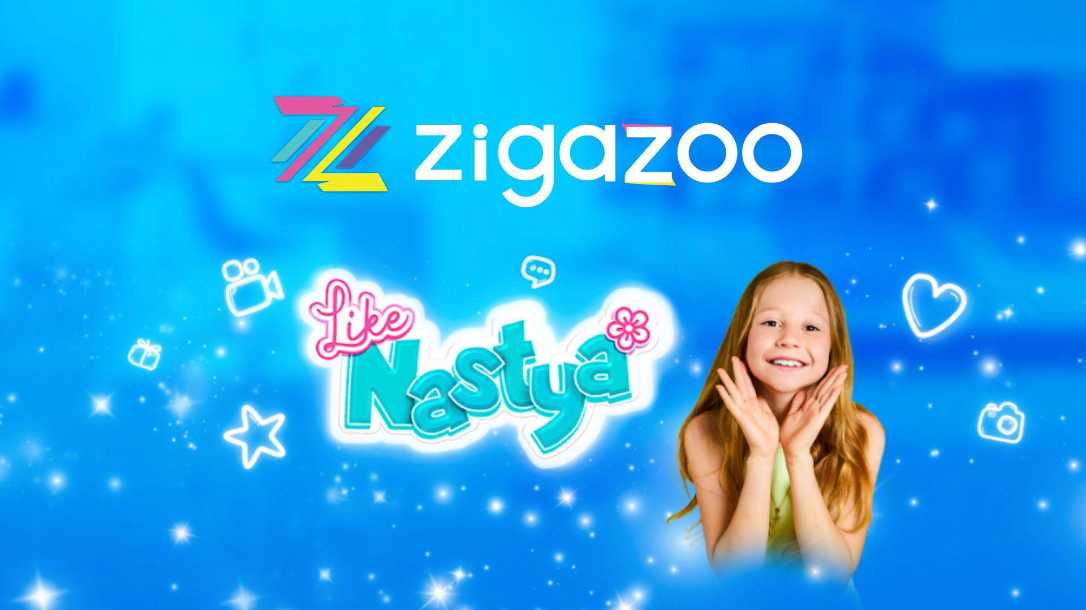
COMPANIES
Zigazoo Secures Partnership with YouTube Star Like Nastya to Inspire Millions of Kids
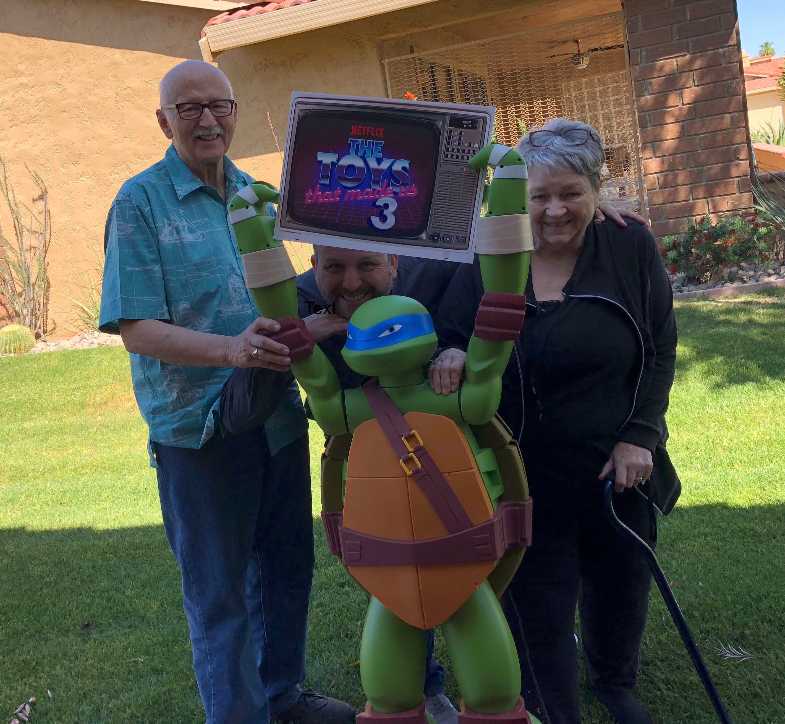
PEOPLE
A Legacy of Play: Inside the Carlson Family’s Multi-Generational Journey Through the Toy Industry
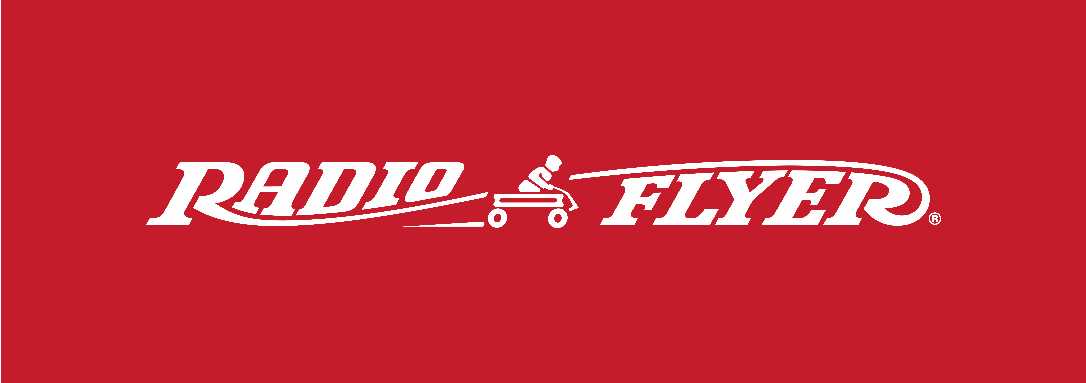
COMPANIES
Radio Flyer Studios Announces the Launch of its First Original Animated Series, Max & Maple: The Can-Do Kids
See more
POP's Got Talent

POP Entertainment
Randy Klimpert Shares his Ukulele Collection

POP Entertainment
Steve Casino Peanut Art

POP Entertainment
Everyone's Talking about POP!

POP Entertainment
Princess Etch - a Multi-Talented Etch A Sketch Artist

POP Entertainment
Joseph Herscher of Joseph' s Machines.
See more
Recent POPcast

Hidden Role: The Brains Behind your Favorite Games
Connie Vogelmann designed Apiary & Wyrmspan!

Hidden Role: The Brains Behind your Favorite Games
Bob Fuhrer... Is THE Crocodile Dentist!

Hidden Role: The Brains Behind your Favorite Games
Tom Dusenberry... Bought Atari, Wizards of the Coast, and Avalon Hill!

Hidden Role: The Brains Behind your Favorite Games
Matt Leacock created Pandemic... the game!

Hidden Role: The Brains Behind your Favorite Games
Scott Brown and Tim Swindle... are Launching a New Sport!
See more
POPDuos

POPDuos: Interviews with Legends and Leaders
POPDuo: Richard Dickson, Mattel’s President & COO, and Kedar Narayan, Young Inventor Challenge AMB

POPDuos: Interviews with Legends and Leaders
POPDuo: Will Shortz and Josh Wardle

POPDuos: Legends and Leaders Explore Creativity
POP Duo: Elan Lee, Co-Founder, Exploding Kittens.and Jeff Probst, Host and Exec Producer, Survivor

POPDuos: Legends and Leaders Explore Creativity
POP Duo: David Fuhrer, MNG Director, Blue Sq Innovations & Shawn Green, past Dodgers & Mets MLB Star

POPDuos: Legends and Leaders Explore Creativity
POP Duo: Bob Fuhrer, Founder, Nextoy and Tom Fazio, Golf Course Designer
See more




